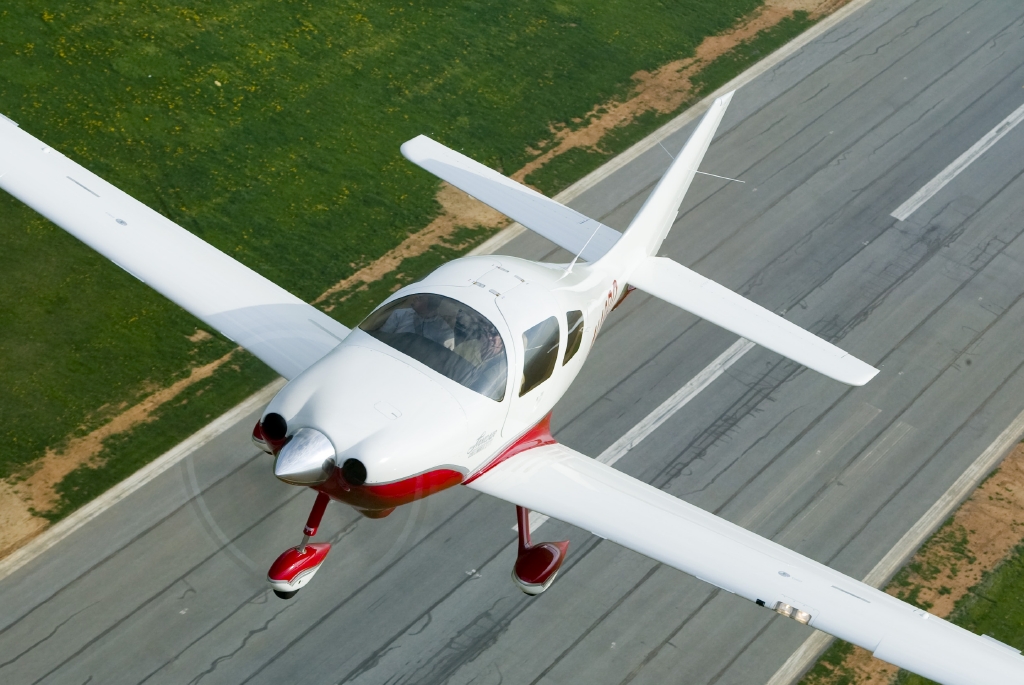Operations

Aviation operations can be different each time we fly, depending on many factors: passengers, weather, time of day, condition of equipment, and items we may be hauling. Being prepared for the specific challenges of each flight is the key to making it a safe, enjoyable mission that will reward your effort. Check out the resources below.
Emergency Locator Transmitters ELTs
ELTs are emergency transmitters that are carried aboard most general aviation aircraft in the U.S. In the event of an aircraft accident, these devices are designed to transmit a distress signal on 121.5, 243.0-megahertz frequencies (and for newer ELTs, on 406 MHz). Currently, ELTs are required to be installed in almost all U.S.-registered civil aircraft, including general aviation aircraft, as a result of a congressional mandate. The ELT hibernates in the tailcone of most general aviation aircraft. The danger of its "out-of-sight, out-of-mind" location is the possibility of missing an inspection that may alert the pilot of a potential malfunction.
Flying With Family
The purpose of this subject report is to address the challenges of flying with your family. You can find tips on how to interest your children in aviation in the section on family trips, as well as information on car seats and hearing protection for small children.
Night Flying
This subject report touches on the main issues involved in night flying: The limitations of night vision, night illusions, lighting and night blindness, weather minimums, regulations, and tips for making your night flight pleasurable and safe.
Transportation of Hazardous Materials
The transportation of any defined hazardous material by private general aviation aircraft, while not totally prohibited (note that many materials are, in fact, prohibited), does carry certain risks and should not be considered, unless absolutely necessary.